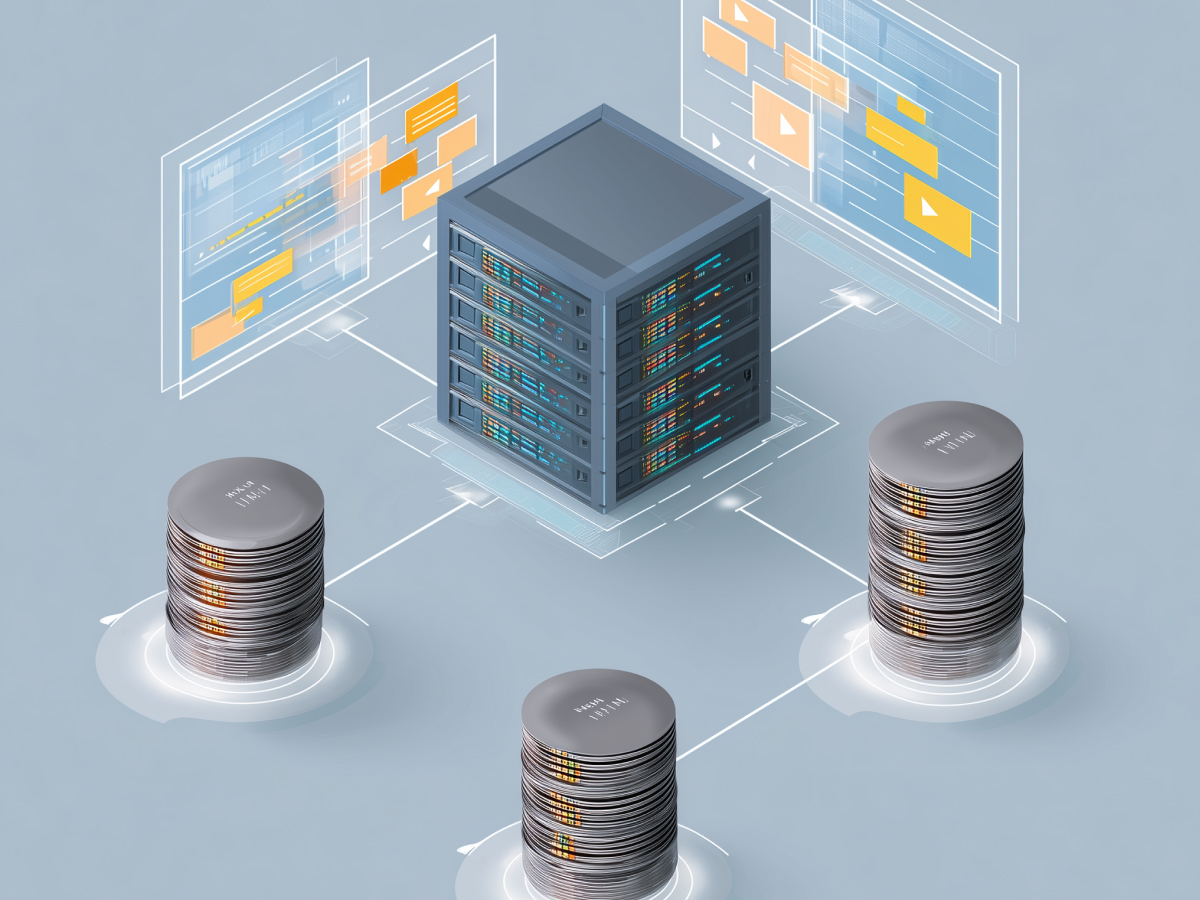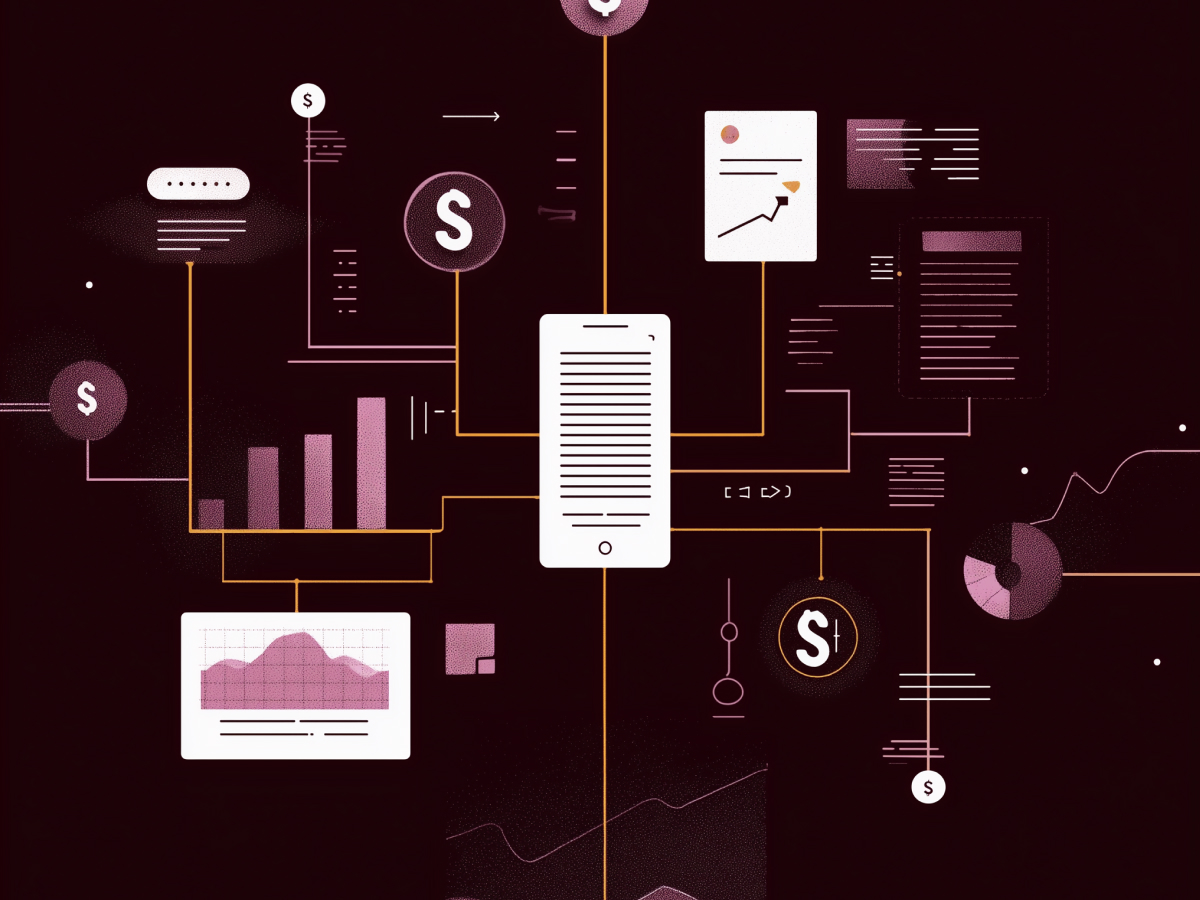Continuous learning is essential for embedding a lasting culture of learning
If you want long-term performance, you need long-term learning habits. One-off workshops and training sessions become obsolete the moment the context changes. Continuous learning doesn’t fade. It integrates learning into daily routines, into how people work, not as a distraction, but as a default. The organizations that do this well don’t treat learning as a separate initiative. They make it part of their internal operating system.
This means putting the right structures in place. It can be learning platforms, yes, but it also means modeling the behavior. If managers aren’t serious about learning and development, no one else will be. Regular habits like allocating five to ten minutes per team meeting to review progress, learning priorities, or skill development discussions, these small actions compound. That’s the point. Culture doesn’t shift because of a single playbook. It shifts because you build feedback loops into the way work happens.
For C-suite leaders, the math is straightforward. You reduce skill gaps and boost adaptability. People don’t have to pause their productivity to reskill because they’re always learning, or rather, they don’t fall behind in the first place. Yes, it takes commitment. But once embedded, continuous learning becomes self-reinforcing.
At the strategic level, this approach improves retention, accelerates readiness for change, and minimizes organizational drag. Culture is the execution engine, and culture only evolves when learning evolves. Leaders need to own that. If learning still looks like rows of people sitting in a room every six months, you’re already behind.
No fancy metaphors here. Just clarity: Continuous learning isn’t extra effort; it’s essential infrastructure. Build it right, and it handles scale without stress.
Targeted learning helps build specific competencies aligned with urgent business needs
When there’s a critical objective on the table, whether it’s adopting new infrastructure, filling key tech gaps, or onboarding a specialized team, you don’t wait for skills to evolve naturally. You go direct. That’s what targeted learning does. It’s structured, time-bound, and focused entirely on outcomes tied to the business strategy.
You’re not building general readiness here. You’re solving a precision problem. You identify a need, for example, preparing engineers for a cloud systems migration, and you build the learning program to close that gap fast. Certification paths, onboarding sprints, focused workshops: these are designed to compress the time between skill deficiency and job readiness.
C-suite leaders don’t need every employee to be learning everything at once. What matters is alignment. Targeted upskilling allows you to prioritize based on urgency and impact. If your developers need Kubernetes fluency by Q3, you don’t hope they pick it up organically. You give them a narrow, structured program to get there before the deadline.
This kind of learning has defined parameters: a start point, end goal, and success criteria tied to real work. That’s the difference. It’s measurable. And because the design is flexible, it scales to your reality. Maybe you’re a one-person L&D team, then you focus on onboarding for critical roles, not the whole organization. No wasted cycles.
For executive teams, this creates a clear line from upskilling investment to performance outcomes. When business changes fast, you can’t rely on incidental progress. You need speed, relevancy, and impact. Well-designed targeted learning delivers on all three.
Combining continuous and targeted learning maximizes the impact on organizational development
The smartest organizations aren’t choosing between continuous or targeted learning. They’re deploying both, deliberately. This isn’t about having more programs. It’s about using the right tools at the right time, and aligning them so your teams are always building relevant skills and delivering on high-priority outcomes.
Continuous learning builds foundational strength. It makes adaptability part of the day-to-day. That’s how your people stay sharp, stay curious, and stay aligned with evolving business needs. Targeted learning, on the other hand, delivers fast focus when performance or transformation demands it. Together, they give you both sustained capability and quick response.
This combination pushes learning beyond HR and L&D into the executive agenda. It creates a direct link between business strategy and workforce preparation. You no longer have to guess whether your teams are ready for new technologies or global shifts. You see movement on both fronts, immediate execution and long-term growth.
C-suite executives should treat this as strategic infrastructure. If you only invest in targeted upskilling, you’ll solve today’s problems but remain reactive. Rely exclusively on continuous learning, and you risk misalignment with high-stakes business objectives. The synthesis of both ensures that learning fuels competitive velocity, not just internal compliance.
Leading companies are already doing this. They’re embedding learning into product cycles, aligning engineering upskilling with cloud transformations, and reducing onboarding time through tightly scoped interventions. They’re making it measurable, repeatable, and fully integrated with how the company scales.
That’s the model to lead with: real-time capability building tied directly to business outcomes. If talent is your differentiator, this is the system that accelerates it.
Key highlights
- Embed continuous learning into daily workflows: Leaders should operationalize learning by making it part of regular routines, like allocating time in team meetings, to sustain long-term adaptability and reduce skill gaps before they impact performance.
- Use targeted learning to solve critical skill gaps fast: Executives should deploy time-bound learning programs when specific capabilities are urgently needed to support business initiatives, especially during rapid tech shifts or strategic role expansion.
- Combine both to scale learning with impact: C-suite teams should integrate continuous and targeted learning to build scalable, agile organizations where day-to-day growth supports long-term strategy and high-priority initiatives are executed with precision.





